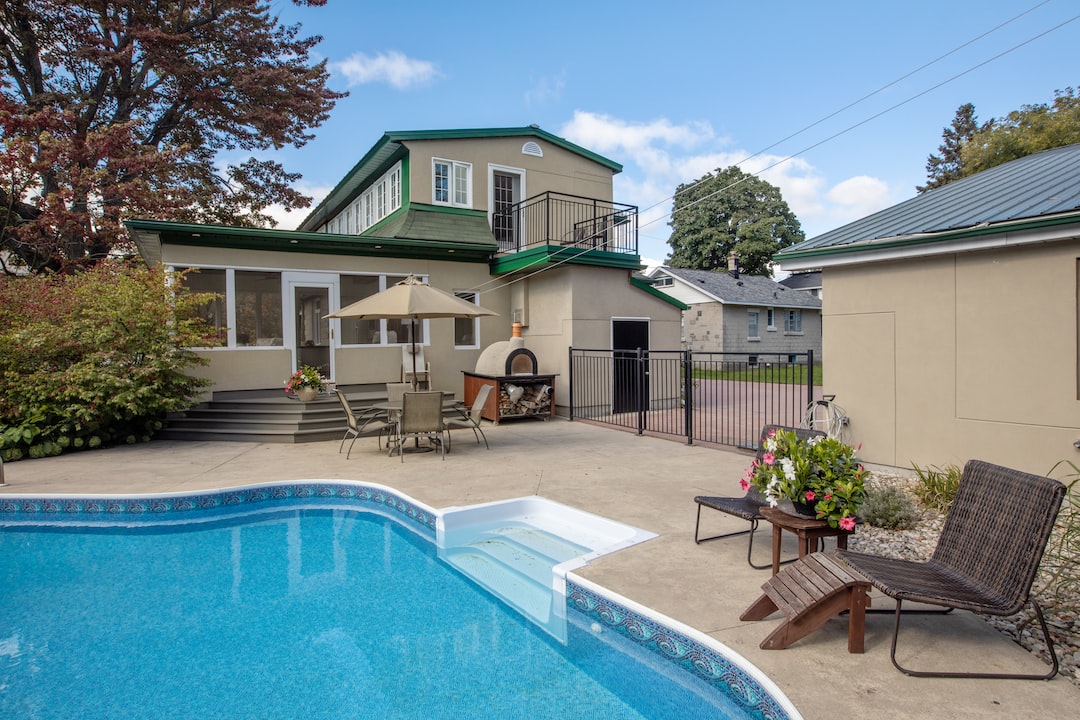How to Choose the Right Neighborhood for Your Family
Choosing the right neighborhood for your family is an important decision that can greatly impact your daily life and overall happiness. There are several factors to consider when making this decision, including safety, schools, amenities, and community. By taking the time to research and evaluate your options, you can find the perfect neighborhood that meets all your family’s needs. Here are some tips to help you in the process.
1. Determine your priorities: Before you start your search, make a list of your family’s priorities and needs. Consider the proximity to schools, parks, recreational facilities, and shopping centers. Think about the type of community you want to live in – whether it’s a close-knit neighborhood with strong community bonds or a more private and secluded area. By identifying your priorities, you’ll have a clear idea of what you’re looking for.
2. Research the schools: If you have school-age children, the quality of the schools in the area should be one of your top considerations. Look for neighborhoods with highly-rated public or private schools that align with your family’s educational values. Explore school rankings, extracurricular activities, and the overall performance of each school. Additionally, consider the ease of commute to the schools and the presence of school bus services.
3. Evaluate safety and crime rates: Safety is paramount when it comes to choosing a neighborhood for your family. Research crime rates in the areas you’re considering, and pay attention to details like police presence, street lighting, and security systems. Online tools and local police departments can provide valuable data on crime rates. Additionally, take note of any neighborhood watch programs or community safety initiatives as they indicate an active and concerned community.
4. Consider proximity to amenities: Take into account the proximity of essential amenities such as grocery stores, healthcare facilities, and recreational areas. Evaluate the commute time to your workplace, as well as the availability of public transportation or major highways. Opting for a neighborhood with easy access to amenities will save you time and energy in the long run.
5. Explore the community and lifestyle: Every neighborhood has its own unique atmosphere, and it’s crucial to find one that aligns with your family’s lifestyle and values. Consider whether you prefer a quiet and peaceful area or a vibrant and bustling community. Attend local events and explore nearby parks or community centers to get a sense of the social dynamics in the area. Subscribing to local newsletters or online forums can also provide insights into the community spirit of the neighborhood.
6. Talk to the locals: To get an authentic feel for the neighborhood, engage with the locals. Strike up conversations with people you encounter during your visits and ask about their experiences living in the area. Ask questions about safety, schools, noise levels, and any other concerns you may have. Local perspectives can shed light on aspects that may not be evident in online research.
7. Drive around the neighborhood: Schedule some time to drive around the neighborhoods you’re considering. Take note of the upkeep of homes and yards, the presence of parks or playgrounds, and overall cleanliness. Pay attention to the traffic patterns, as well as the noise levels during different times of the day. Visiting during weekdays and weekends will give you a more comprehensive understanding of the area.
8. Plan for the future: When choosing a neighborhood, it’s essential to consider your long-term plans. If you envision your family growing in the future, ensure that the neighborhood can accommodate the additional space you may need. Research any upcoming developments or infrastructure projects that may impact the area in the coming years. While it’s impossible to predict the future with certainty, planning ahead can help you make a more informed decision.
Choosing the right neighborhood for your family involves careful consideration of multiple factors. By determining your priorities, researching schools, evaluating safety, considering amenities, exploring the community, talking to locals, driving around, and planning for the future, you can find the perfect neighborhood that meets your family’s needs. Remember, this process may take time, but the effort invested in finding the right neighborhood will pay off in the happiness and well-being of your family for years to come.

